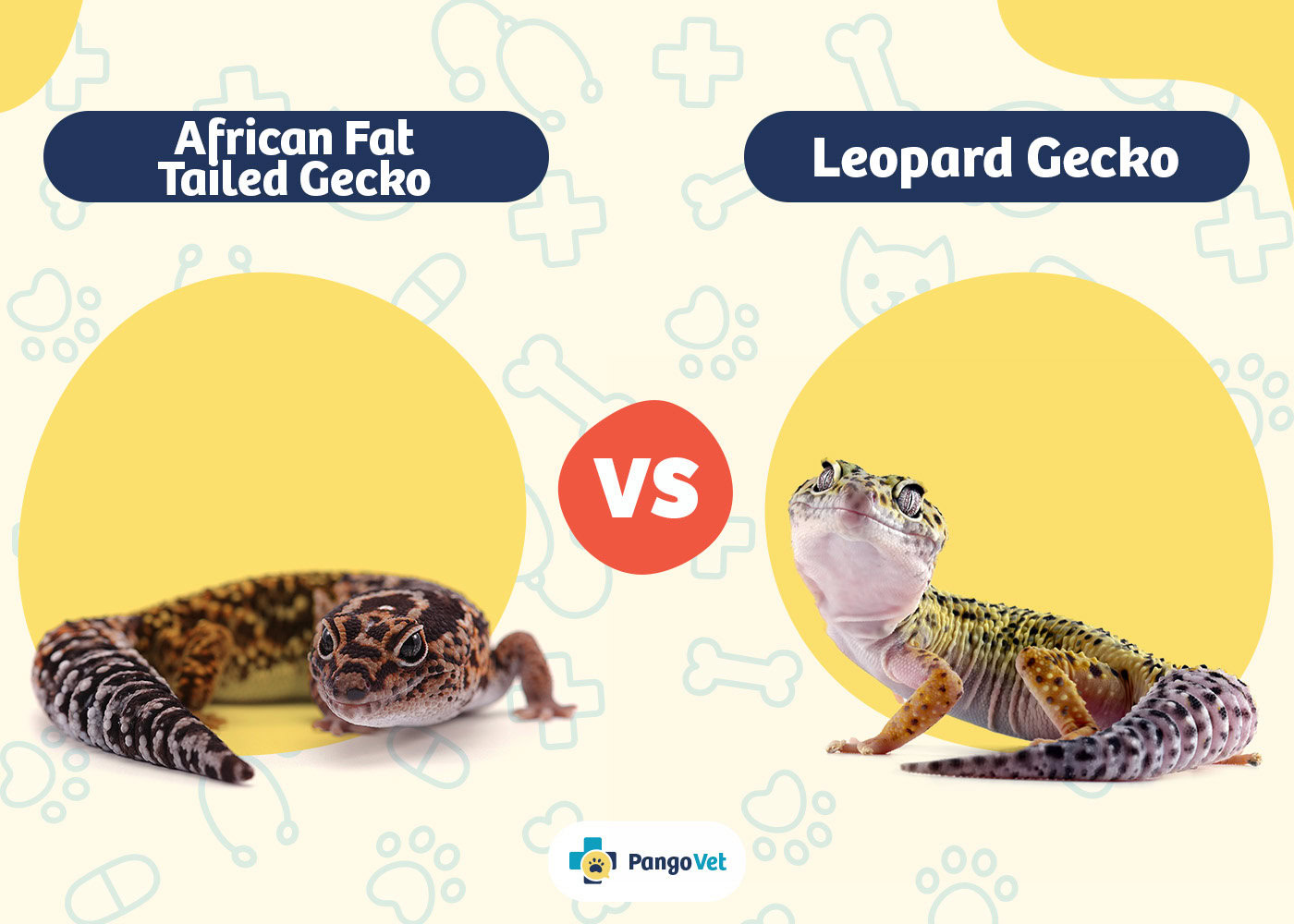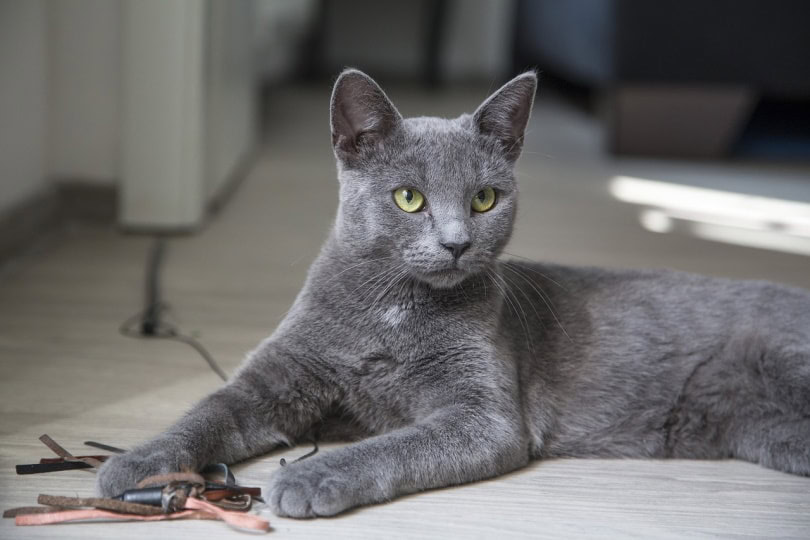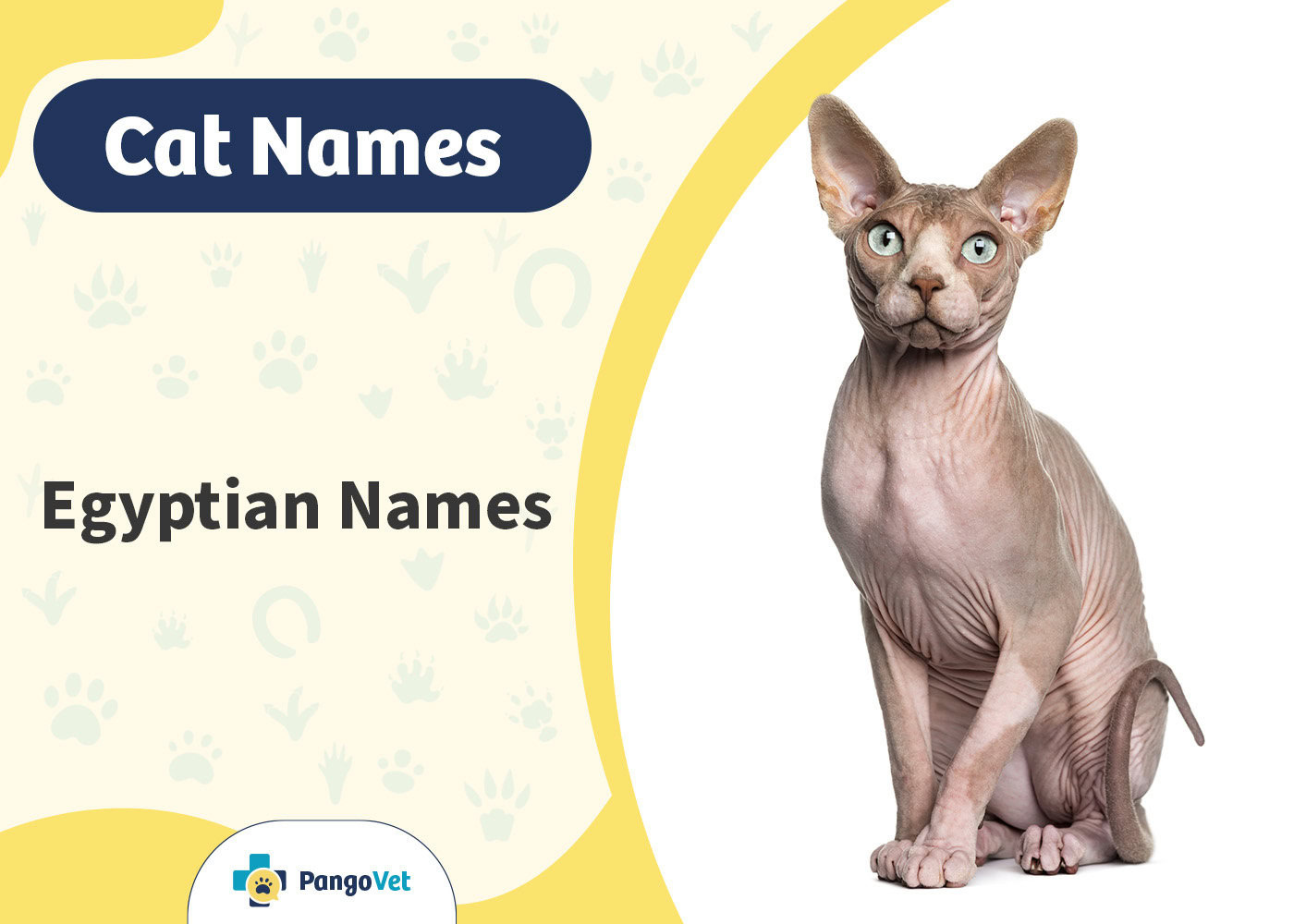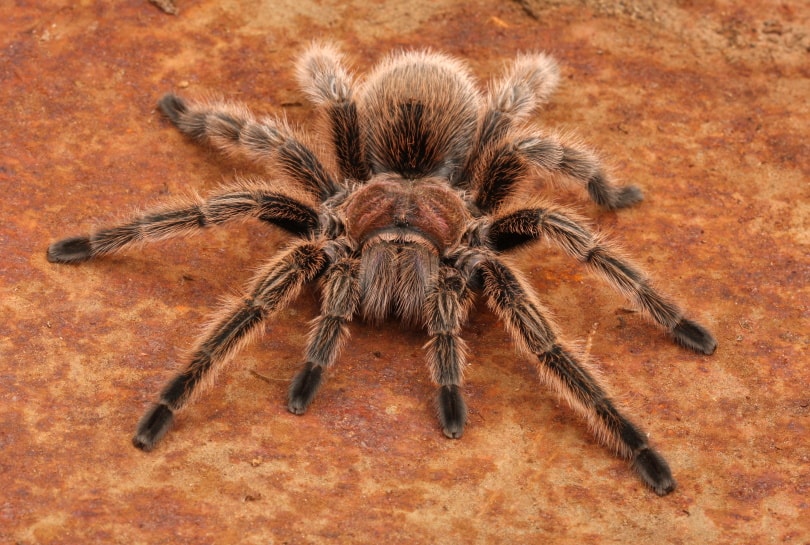Click to Skip Ahead
You’d be forgiven for mistaking an African Fat-Tailed Gecko for a Leopard Gecko or vice versa, as these two species are quite similar. In fact, they’re related! Both are part of the Eublepharidae family of geckos, which means they have movable eyelids that other species of geckos lack. They look alike and both are nocturnal, but that doesn’t mean they’re the same.
The African Fat-Tailed Gecko is from Africa, while the Leopard Gecko originates in the Middle East. But the differences between these geckos go even deeper than that. Let’s examine each lizard closer to understand what separates the two species.

Visual Differences
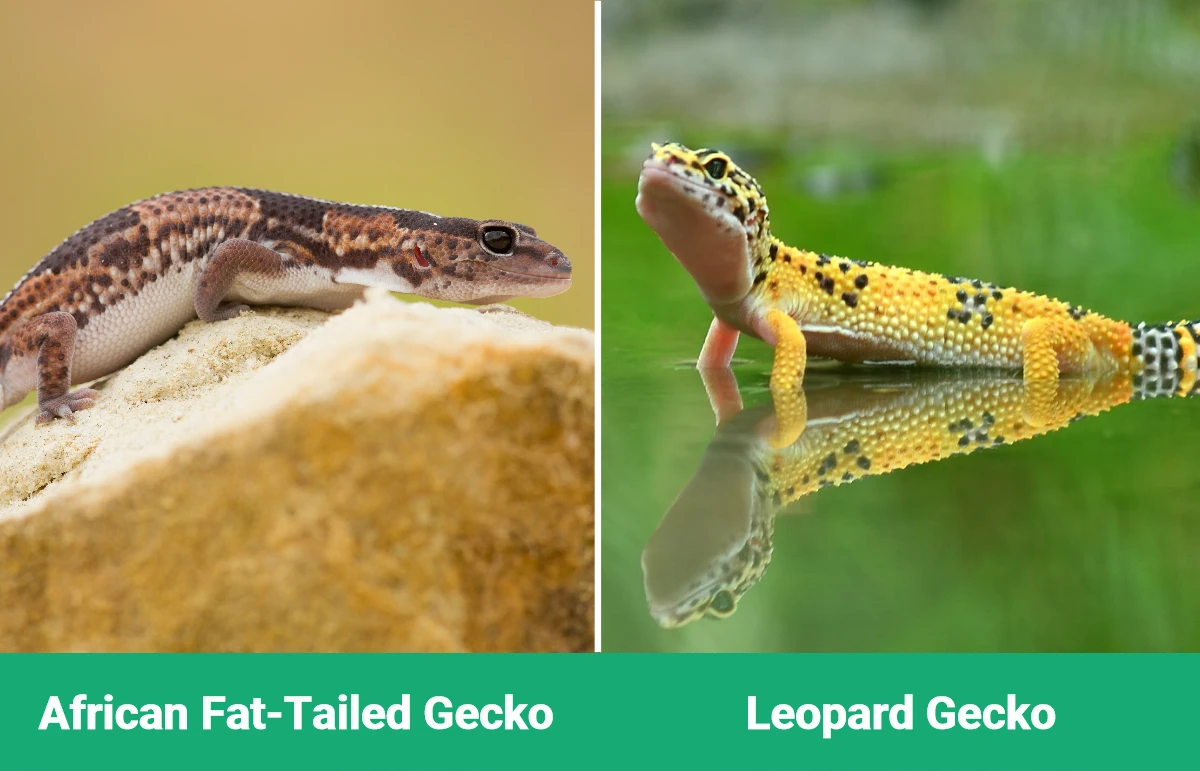
- Average length (adult): 6–8 inches
- Average weight (adult): 45–75 grams
- Lifespan: 15–20 years
- Space needed: 20 gallons + 10 for each additional lizard
- Grooming needs: None
- Diet: Insects
- Handleable: Yes
- Temperament: Docile, gentle, timid, territorial
- Average height (adult): 8–12 inches
- Average weight (adult): 40–100 grams
- Lifespan: 15–20 years
- Space needed: 20 gallons + 10 for each additional lizard
- Grooming needs: None
- Diet: Insects
- Handleable: Yes
- Temperament: Friendly, gentle

African Fat-Tailed Gecko Overview
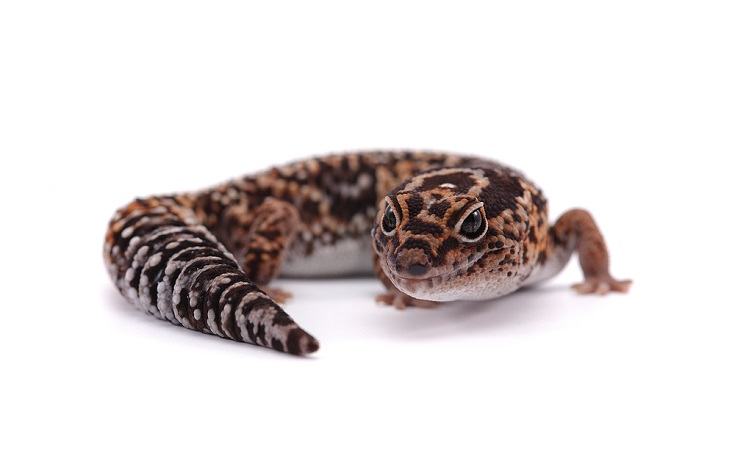
African Fat-Tailed Geckos aren’t nearly as common as Leopard Geckos, though they’re growing in popularity. Overall, they’re pretty similar, though there are key differences between them. African Fat-Tailed Geckos are not a type of Leopard Gecko, as many people believe. They are from the same family, but they’re not the same lizard.
Size
African Fat-Tails are about 6 to 8 inches long on average. They tend to have thick tails, hence the name fat-tail. These geckos weigh 45–75 grams, with males typically being larger and heavier than females.
Temperament
These geckos are generally quite docile and calm. As juveniles, they’ll be more likely to get scared, which may result in them dropping their tails. Luckily, they will regrow.
But African Fat-Tailed Geckos will always have a degree of shyness in their personality. Even after they’re comfortable with you, you can expect these geckos to approach slowly and with trepidation.
Despite being somewhat timid creatures, African Fat-Tailed Geckos are quite territorial. They’re likely to snap at you when you enter their space and they don’t want you to. If you try to hold them when they don’t want to be held, you might even get bit, though this isn’t a common occurrence.
Colors & Patterns
As African Fat-Tailed Geckos grow in popularity, more breeders are devoting attention to these lizards. In years past, there wasn’t as diverse of a selection available. Today, there are many different morphs and variations of these geckos available, so you can find them in all sorts of colors and patterns, similar to Leopard Geckos. However, they still haven’t been around for as long, so there aren’t quite as many options available for this species.
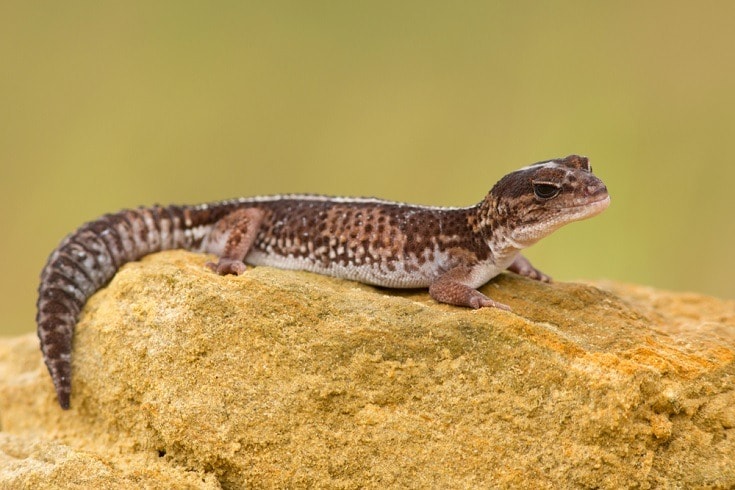
Care
These lizards come the humid areas in Africa, so they need high humidity in their enclosure to maintain their health. Keeping an African Fat-Tailed Gecko in a low-humidity environment can lead to a variety of health problems.
You might also find that these geckos are picky eaters. They’re insectivores, similar to Leopard Geckos, but they’re known to be particular about the foods they prefer.
Price
Since African Fat-Tailed Geckos aren’t as popular as Leopard Geckos, they aren’t carried in big pet stores yet. There also aren’t quite as many breeders working with these lizards and their numbers aren’t as high. As such, they’re generally more expensive than Leopard Geckos.
Suitable For:
An African Fat-Tailed Gecko is a great choice for someone who wants a pet that’s a bit more unique. Leopard Geckos are the most popular reptiles to keep, but few people will even know what your African Fat-Tailed Gecko is until you tell them. These lizards require a bit more care than Leopard Geckos since you have to keep their environment humid, but they’re still easy to keep and great for beginners and advanced reptile owners alike.

Leopard Gecko Overview
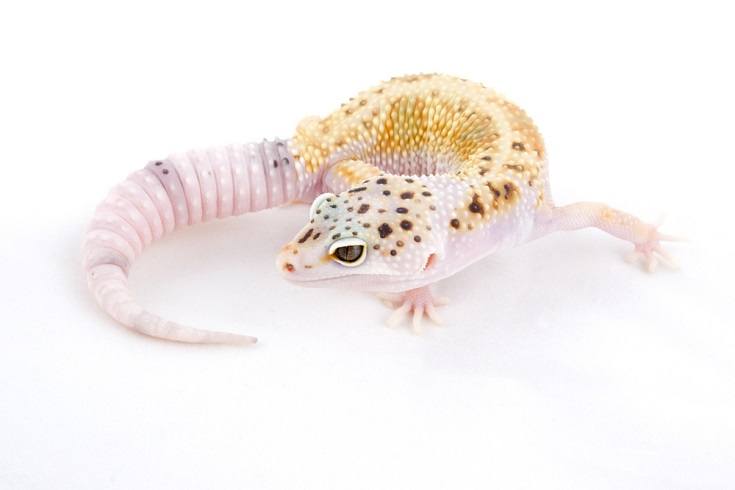
Leopard Geckos are incredibly common pets. You can even find them at most major pet stores, unlike the African Fat-Tailed Gecko. These lizards come in a wide range of morphs and variations and are wildly popular due to their easy care and calm demeanors.
Size
On average, Leopard Geckos are about 8–10 inches long. But there are many morphs of Leopard Geckos, including size morphs like the Super Giant and the Godzilla Super Giant varieties. Some Leopard Geckos have been known to get as long as 12 inches and weigh up to 140 grams.
Temperament
One of the reasons for the popularity of Leopard Geckos is that they’re amicable creatures. They don’t mind being held and are usually mild-mannered. Once they’re comfortable with you, they tend to be bold, walking right into your outstretched hand.
Colors & Patterns
After years of careful and selective breeding, Leopard Geckos are now available in myriad colors and patterns. Many of these morphs have unique eyes, such as RAPTORs with their red eyes or eclipsed geckos with their all-black eyes. There are also morphs that come in giant sizes, albino morphs, melanin morphs, and more. They’re an incredibly versatile species, and you’re guaranteed to find a lizard that suits you.
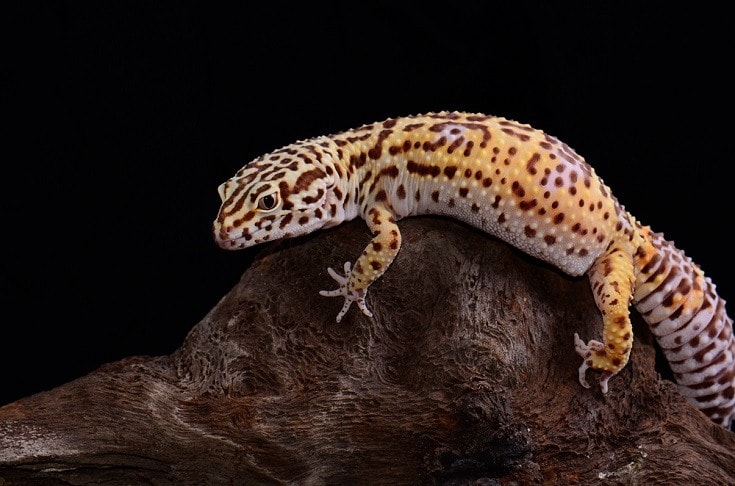
Care
Leopard Geckos come from the Middle East, in dry, desert regions. They need dry climates almost devoid of humidity. However, you’ll have to keep a humid hide available for when your gecko needs to shed their skin. Since you don’t have to keep their environment humid, though, caring for a Leopard Gecko is easy, another reason for their immense popularity.
Feeding a Leopard Gecko is similarly simple. They’re not picky eaters at all and will generally eat whatever insects you provide.
Price
Thanks to their popularity, these lizards are common. You can find geckos in wild and fancy patterns at your local pet store for well below $50. But there are also many unique morphs available, and some of these get pretty pricey. There are even Leopard Geckos that sell for several thousand dollars!
Suitable For:
There are good reasons that Leopard Geckos are such popular pets to keep. They’re friendly, easy to handle, simple to care for, and affordably priced. These lizards are great for beginning reptile owners because they’re not picky eaters and don’t require much in the way of care. Plus, there’s such variety in the species that you’re guaranteed to find a specimen that you love the looks of.

The Main Differences
There are plenty of similarities between these two lizards. Even looking at them, you might have a hard time distinguishing between them. So, let’s take a closer look at the main differences that separate these geckos.
Popularity
Leopard Geckos are the most popular reptiles to keep as pets. African Fat-Tailed Geckos just can’t match that level of popularity. This means there are far more Leopard Geckos available, so you have a wider selection to choose from, including more morphs and varieties. Leopard Geckos also tend to be easier to find for this reason.
Price
There’s another advantage to popularity. Leopard Geckos are usually cheaper than African Fat-Tailed Geckos. If you have a lizard of each species of a similar variation, the African Fat-Tail will often cost more. That said, there are some Leopard Geckos that command incredibly high prices. Most are available for very low cost, though, making them cheaper overall.
Personality
Both of these lizards make great pets that you can easily handle. They’re generally calm animals that aren’t aggressive most of the time. But there are some differences in their temperaments.
African Fat-Tailed Geckos are often shy and timid. Even when they’re comfortable with you, they’ll likely approach you slowly every time, while Leopard Geckos will become bold when they’re comfortable.
Likewise, you’re more likely to see territorial behavior from an African Fat-Tail.
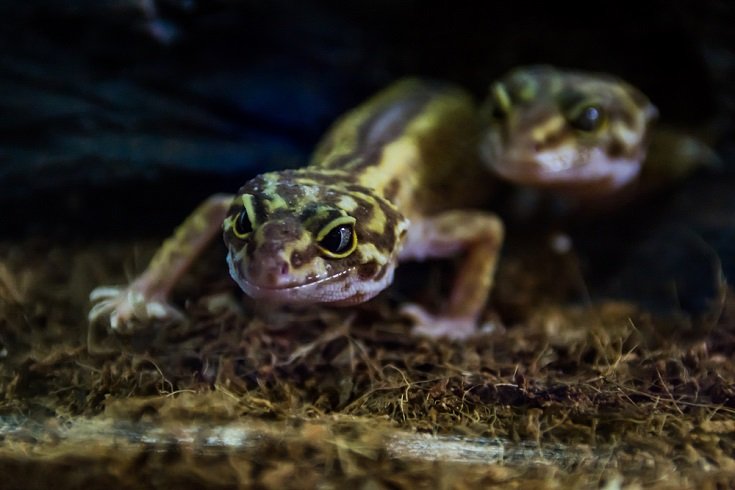
Frequently Asked Questions (FAQ)
Is Their Care the Same?
Caring for these lizards is similar in some regards. They both eat the same foods, though African Fat-Tailed Geckos are pickier about which ones they’ll eat.
The biggest difference in their care is their habitats. Leopard Geckos need dry habitats with a humid hide where they can loosen up their skin to shed. But African Fat-Tails require humid environments. You’ll have to ensure their habitat stays humid to avoid health problems.
Can You Keep Them Together?
Since these two species look so similar, many people wonder if they can be kept together. While several geckos of the same species can be kept together, it’s not advisable to keep specimens of different species in the same habitat.
The main reason is that they have different needs. You’ll be caring for these lizards in varying ways, as they require specific habitats. But it can also be dangerous to put these lizards together, especially if they’re two males. They could fight, causing damage or death to either or both.

Which Species Is Right for You?
Both of these lizards are easy to care for and can make great pets for beginners, though Leopard Geckos are the easier of the two. If you’ve never owned a reptile before, a Leopard Gecko is a better choice. But if you want something that’s a bit more exotic, you might go with the African Fat-Tail instead. They look similar to Leopard Geckos, but these lizards are far less common, though you can still find them in a wide range of colorful morphs.
- See Also: African Fat-Tailed Gecko Morphs & Colors
Featured Image Credit: Top – Milan Zygmunt, Shutterstock | Bottom – torstensimon, Pixabay
